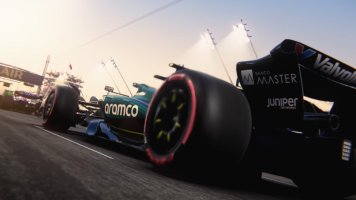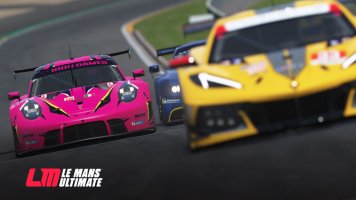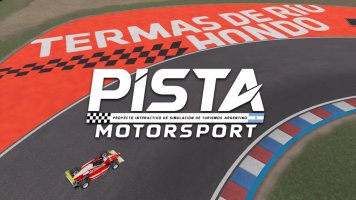RCHeliguy
Premium
That it the design I mistakenly first thought you were doing when you added the isolators, i.e. the whole tower on the isolators.
My only personal worry about that is the large lever created by the inverted pedals mounted to the top of the tower translating to more movement of the springs. My pedals are mounted on a tray directly on to the isolators and there is movement, as you would expect. It doesn't worry me but I fear there would be too much rocking of the platform if they were in that configuration.
I could definitely see that possibility. I'm running 55kg for 100% brake. Where are you currently?
I could also see needing to go to blue or even back to the red springs. I'm currently running yellow up front.
I've still not decided if I'm going to attempt this. If I do this, it will be an experiment that I can keep if I like it, or go back to how I have it setup now.











